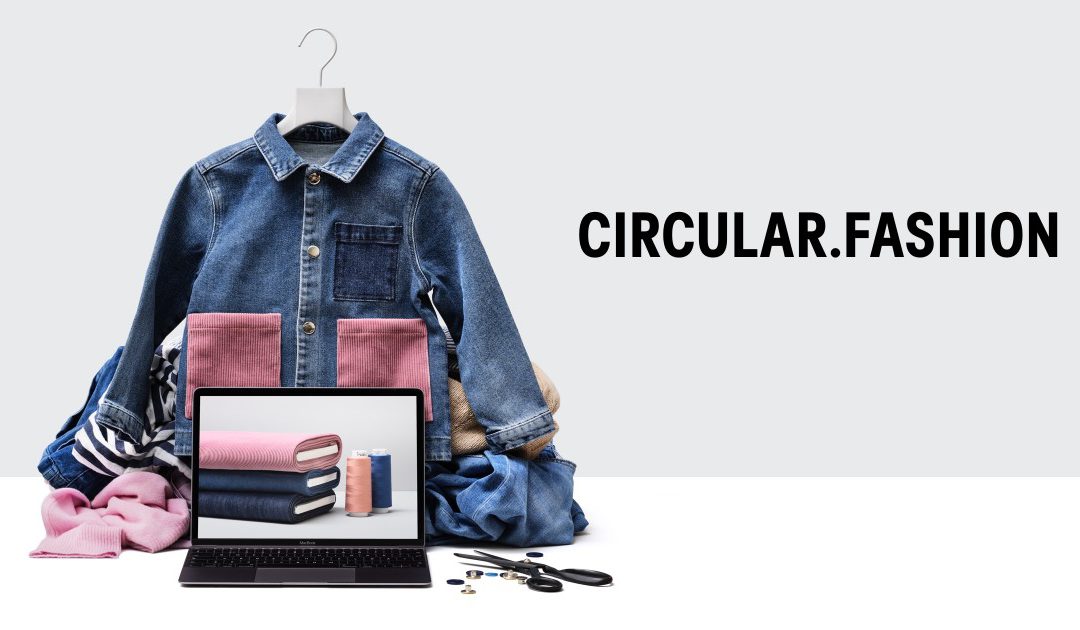The next time you’re buying from a thrift store, give yourself a little pat on the back. A pre-loved floral shirt is not only super cute, but it’s also contributing towards fostering the circular fashion economy. In the ever-evolving fashion world where trends change every other day, finding a pathway that leads to sustainability is crucial.
The statistics about the fashion industry’s effect on the environment are worrying. It contributes to 10% of carbon emissions, 20% of global wastewater, and 85% of all textiles go to the dump each year.
This is where circular fashion comes in. It strives to not only circulate garments in the economy unless their value is fully retained, but the best part is also that it takes a no-waste approach. Unlike recycling, circular fashion is focused on starting where recycling ends. Here, we take the final product and push it back to the beginning, thus minimizing the waste that goes into the environment. A circular economy involves all the Rs – recycling, reducing, reusing, remaking – along with bringing the waste materials back into the production cycle, and finally, disposing of the waste in an environmentally–friendly manner.

As it turns out, it’s not only good for the environment but also for consumers and producers. Circular fashion can help produce high-quality garments which have longevity and can be a treasured piece in one’s closet for years.
For businesses, it provides an excellent opportunity to connect with customers and support them in their journey of disposing of their clothes. It helps brands bring solutions for the customers much after the time of purchase, leading to increased satisfaction. Other than creating value for their customers, and resonating with the issues close to their hearts, it also helps businesses reduce the raw material cost.

This photo taken on July 24, 2018 shows workers sorting out clothing at the St Vincent de Paul Society, a major charity recycling clothes, in Sydney. – Tonnes of cheap clothes are churned out every year in developing countries, using up copious amounts of energy and resources and polluting waterways near factories with toxic chemicals. (Photo by PETER PARKS / AFP) / TO GO WITH Australia-fashion-environment-waste,FEATURE by Glenda Kwek (Photo credit should read PETER PARKS/AFP/Getty Images)
Even though a circular economy brings a vast range of benefits for all stakeholders, it doesn’t come without some immense challenges. Not everyone has a positive outlook towards buying ‘second-hand’ products. For circular fashion to become a widespread movement, a key factor would be to gradually change consumer behavior. Even when that happens, the issue of a limited number of design options might deter it from becoming mainstream. What’s more, many brands indulge in greenwashing just to get in the good books of their customers without making half the effort.

For circular business models to work, tons of new-age innovation is required to bring about real change. Clothes need to be designed for a purpose, keeping in mind longevity, and effectively putting resources to use. It also necessitates providing good after-care services that promote the garment’s healthy long and healthy life.
Businesses such as Mudd are doing a phenomenal job in initiating change. They encourage customers to lease jeans and return worn clothes for recycling. Another business called For Days lets customers exchange old clothes for points that they can use to buy new ones. Paiwand Studio run by Pearl alumna, Ashita Singhal, takes waste material from fashion labels, turns them into beautiful fabric, and sells this back to the labels.

As a customer, it’s important to shop for ethically made and environmentally friendly garments. Using them with care and loaning, renting, upcycling, or swapping is another essential step. These collective actions will slowly help circular fashion reach its full potential and take the industry towards sustainability.
But to encourage people to embrace sustainable fashion and creatively invent for a better future, the industry needs talented pioneers with fresh perspectives. If you feel like you can be one such changemaker, our School of Fashion will provide all the right resources to set you off in the right direction. We indulge in future-facing conversations with industry frontrunners and provide our students with eminent platforms such as IFFTI to support them in their journey. Check out our futuristic courses here.












